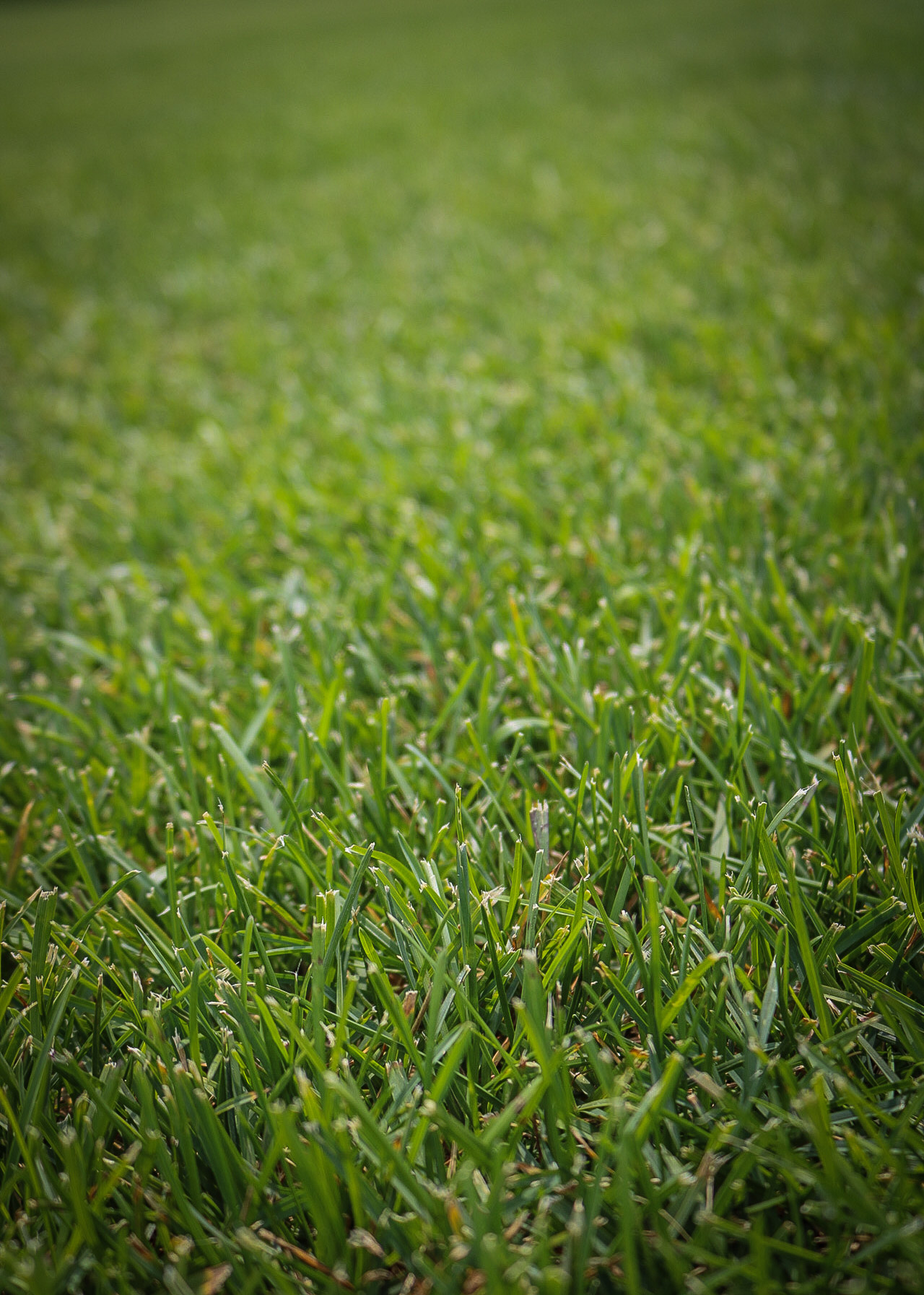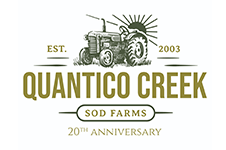
If you want a lush and healthy lawn, you need to know the type of grass you have.
The types of people who care deeply about their lawns make it a point to learn as much about their grasses and how to best take care of them as possible. After all, grass is still a plant, and plants need care. In many cases, however, homeowners don’t know much about their grass and don’t invest in lawn care beyond cutting the grass and occasional watering. If you want a lush and healthy lawn, you need to put in the work. You need to know the type of grass you have, be it Tall fescue, Kentucky Bluegrass, something else, or some combination. Let’s start this knowledge journey by investigating the differences between cool-season and warm-season grasses.
Cool-Season Grasses
Cool-season grasses get their name because they thrive in cooler temperatures and during the cooler growing seasons: spring and fall. Cool season grasses thrive in the 50-80 degree range. When the temperatures are consistently over that range for an extended period, soil temperatures rise, and these grasses go into dormancy to conserve energy. This is why cool-season grasses turn brown and look dead during the height of hot summers. Once the temperatures cool down again, they come out of dormancy and grow green and lush again. When it gets very cold during the winter and temperatures are routinely below that range, the grass will go dormant again.
Warm-Season Grasses
Warm-season grasses, on the other hand, like the heat. They do well in warm or hot environments when the average air temperature is between 80 and 95 degrees. These grasses go dormant when temperatures are consistently lower than 80 degrees. This means that during the winter in most areas of the country, the grasses will still go dormant. There are some areas, such as the southwest, where even in the winter, the average temperature is high enough that the grass stays green all year.
Transition Zone
In the transition zone of the US, you can see both cool-season and warm-season grasses growing together. The important thing to remember is that just because they can both grow there, they may not be able to grow together. They will have different watering needs at different points of the year, and it is impossible to address those needs if they’re growing together.
Get Your Yard Ready for Fall!
Since our inception from a humble 30-acre field to over 4,500 acres of turf grasses, Quantico Creek Sod Farm is now the LARGEST SOD FARM IN THE TRI-STATE AREA. Our service areas cover Pennsylvania, Maryland, DC Delaware, Virginia and Northern North Carolina. Order early and order often to ensure the best service possible. Contact us through our online page. Please find us at 27616 Little Lane, Salisbury, Maryland 21801. Our phone number is 410-726-6103, and our fax number is 410-742-6550. Speak to Jason Anderson for Turf Grass Sales. Reach him by email at jason@quanticocreeksod.com. Finally, follow us on social media on Facebook, LinkedIn, and our blog!
